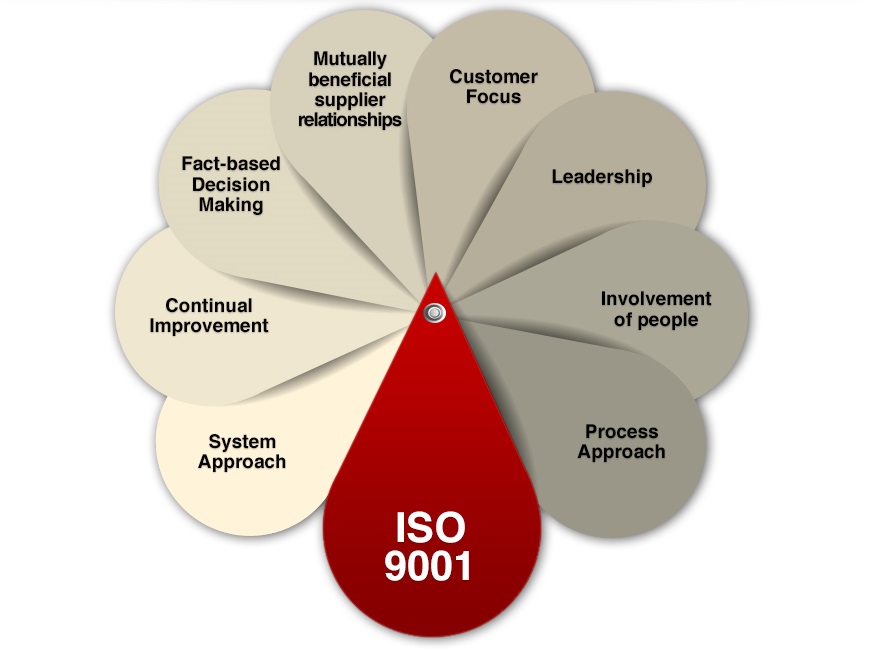memoQ

Phrase
1st November 2024
Smartcat
1st November 2024memoQ is a leading translation management software and Computer-Assisted Translation (CAT) tool used by professional translators, language service providers (LSPs), and enterprises to streamline the translation and localization process. It is widely appreciated for its powerful features, flexibility, and advanced tools that help improve translation productivity, quality, and consistency.
Key Features of memoQ:
- Translation Memory (TM):
- memoQ’s Translation Memory stores previously translated segments, which can be reused across projects to maintain consistency and reduce translation time and costs. The tool is particularly helpful for repetitive content, such as software strings or product descriptions.
- Terminology Management:
- memoQ provides a Terminology Manager to store and manage terms consistently across translations. This ensures that specific terms are translated the same way each time, which is especially critical for technical translations or branding consistency.
- Real-Time Collaboration:
- memoQ supports collaboration between multiple translators, editors, and project managers in real time. This is especially beneficial for large-scale projects or teams working in different locations.
- Project Management:
- memoQ’s Project Management features allow project managers to track the progress of translation projects, assign tasks, and manage deadlines. The platform also supports workflows and automation to streamline the management of complex projects.
- Quality Assurance (QA):
- memoQ’s built-in QA tools help identify and correct common errors, such as missing translations, inconsistent formatting, or untranslated segments. The QA checks can be customized to meet specific project requirements.
- Machine Translation Integration:
- memoQ integrates with various machine translation (MT) engines, such as Google Translate, Microsoft Translator, and DeepL, to provide initial automated translations that can be further refined by human translators. The integration with MT allows for faster turnaround and helps translators start with pre-existing translations.
- File Format Support:
- memoQ supports a wide range of file formats, including standard translation formats like XLIFF, .po, .html, .xml, and MS Office documents. This makes it suitable for a variety of content types, from software localization to marketing materials.
- Cloud and On-Premise Options:
- memoQ offers both cloud-based and on-premise deployment options. This flexibility allows teams to choose the setup that best fits their needs. The cloud option allows for easier collaboration across teams in different geographic locations.
- Integration with Other Tools:
- memoQ integrates with various third-party tools, including content management systems (CMS), website localization tools, and other translation platforms. This integration ensures that content flows smoothly through the localization pipeline.
- Reporting and Analytics:
- memoQ offers detailed reporting tools that track translation progress, cost analysis, and team productivity. Project managers can use these reports to ensure that projects stay on track and within budget.
- Security and User Access Control:
- memoQ provides robust security features, such as encryption of data, secure file transfer, and role-based user access controls. This ensures that sensitive content remains protected throughout the localization process.
- Customizable Workflows:
- memoQ supports customizable workflows, allowing teams to define the translation process that best fits their needs. This includes the ability to set up different roles, tasks, and review stages.
Conclusion:
memoQ is a powerful and flexible translation management solution designed to meet the needs of professional translators, language service providers, and global enterprises. It provides a full suite of tools to improve the efficiency, quality, and scalability of translation and localization projects. Whether you’re working on a small app or a large-scale multilingual campaign, memoQ can help streamline your translation process and ensure consistency across languages.


